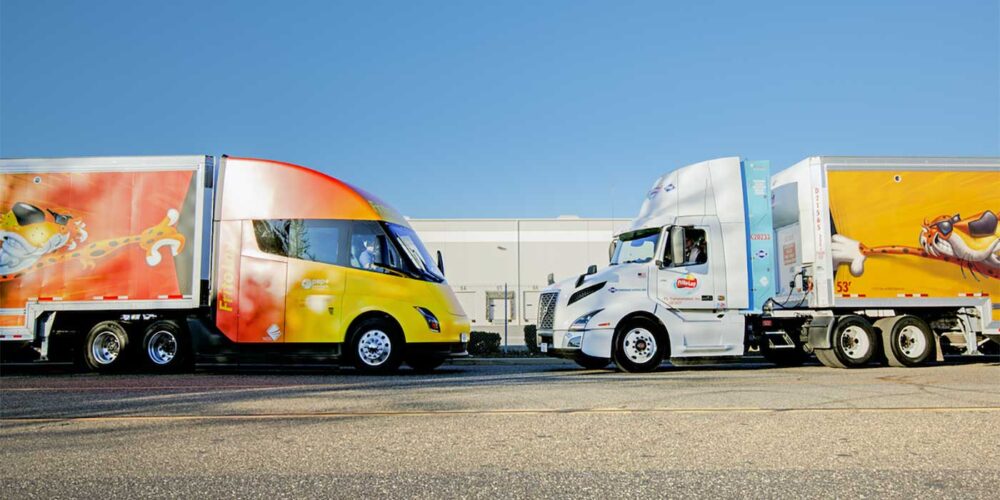Fleet Profile: PepsiCo drives toward net-zero emissions by 2040
Here are the variety of approaches and successfully reducing the carbon footprint of its fleet and distribution operations
To say that the potential for reducing fleet carbon emissions within PepsiCo’s Frito-Lay and Pepsi Beverage operations is considerable would be an understatement. In North America alone, the company owns more than 80,000 Class 1-8 assets, including on- and off-highway vehicles, trailers and material handling equipment.
“There are a number of ways we’re working to decarbonize our fleet operations,” said Adam Buttgenbach, director of fleet engineering and sustainability at PepsiCo. “Among them are optimizing delivery networks for maximum payload and reduced empty mileage. We have also been implementing scaled deployments of electric and other alternative fuel-powered vehicles.”
Castrol, Safety-Kleen to launch program to reduce carbon footprint
Alongside partner Safety-Kleen, Castrol is launching MoreCircular – a program to collect used oil and re-refine it into a usable state.

Double Coin adds new high-speed trailer tires
The 16″ all-steel ST Radials expand on the RT500 model, which fill a need that are Double Coin says customers have been requesting.

Reducing refrigeration emissions through diesel particulate filters
Rypos says active DPFs come with an initial cost, but will bring your fleet savings in the long run, while combating climate change.

Thermo King brings BlueSeal air curtains to North America
Feedback from European customers for BlueSeal air curtains cites a lack of obstruction while maintaining an effective barrier.

Other Posts
Volvo fuels new trucks with renewable vegetable oil
Volvo expects to achieve an estimated 75% to 85% reduction in CO2 emissions from this initiative.

Peterbilt receives 2024 Environment + Energy Leader Award
The E+E Leader Awards celebrate advancements in the realms of environmental, sustainability and energy management.

Navistar passes 100 EV authorized dealers
Over 30% of all dealer locations will be able to support EV sales and service, across 41 states and seven of 10 Canadian Provinces.

ACT Research predicts ‘year of transition’ as trailer orders fall in March
ACT says while softer order activity still meets expectations, net orders remain challenged by weak profitability for for-hire truckers.






